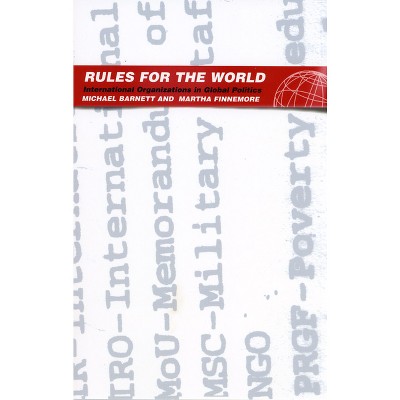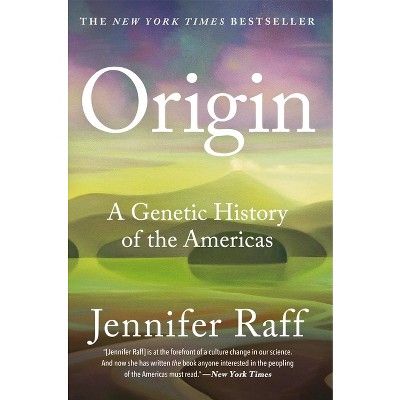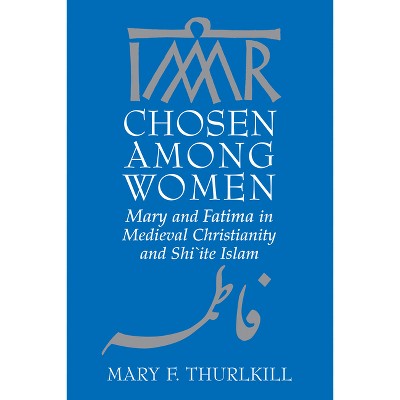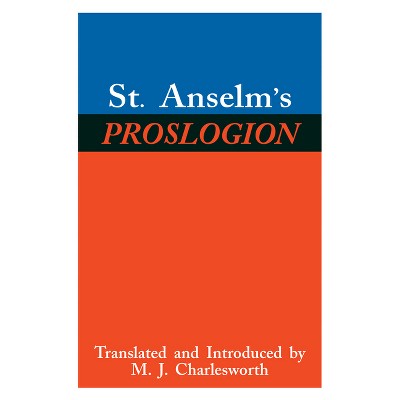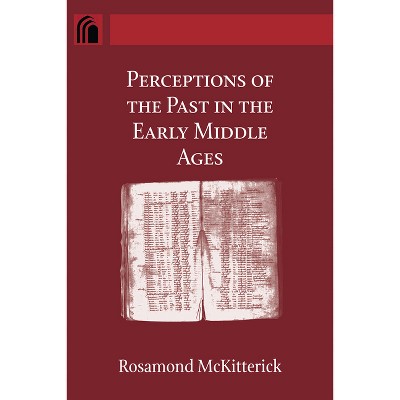Sponsored

Written World - by Amanda Jane Hingst (Paperback)
In Stock
Sponsored
About this item
Highlights
- The Anglo-Norman monk Orderic Vitalis (1075-c.1142) wrote his monumental, highly individual Historia Ecclesiastica as an exercise in monastic discipline intended to preserve the events and character of Christendom for future generations.
- About the Author: Amanda Jane Hingst is an independent scholar in Madison, Wisconsin.
- 296 Pages
- History, Europe
Description
About the Book
The Written World draws on Orderic Vitalis's writings to investigate the ways in which high medieval historians understood geographical space to be a temporally meaningful framework for human affairs.
Book Synopsis
The Anglo-Norman monk Orderic Vitalis (1075-c.1142) wrote his monumental, highly individual Historia Ecclesiastica as an exercise in monastic discipline intended to preserve the events and character of Christendom for future generations. Though cloistered since childhood in a Benedictine monastery near Normandy's southern border, Orderic gained access to an intellectual world that extended from Scotland to Jerusalem through his engagement with texts and travelers that made their way into his monastic milieu. His Historia Ecclesiastica, with a breadth of vision unparalleled in its time, is a particularly fertile source for an investigation of concepts of space and historiography in the high Middle Ages.
In The Written World: Past and Place in the Work of Orderic Vitalis, Amanda Jane Hingst draws on the blend of intellectual intimacy and historiographical breadth in Orderic's writings to investigate the ways in which high medieval historians understood geographical space to be a temporally meaningful framework for human affairs. Hingst explores Orderic's manipulation of the classical geographical tradition, his balancing of spatial scale between the local and the universal, and his sophisticated and original utilization of the new intellectual currents of the twelfth century. She argues that Orderic, along with some of his contemporaries, interpreted Christendom's terrain not merely as a static stage for human action but as a meaningful element in human history. Using a theoretical framework marrying modern spatial theory with medieval philosophical traditions, Hingst suggests that, at its most nuanced, medieval historiography affirmed the symbolic topography of Christendom by linking history and geography in such a way that they mutually forged and reinforced each other. With a clarity of style and ideas, Hingst makes available to both students and trained scholars a fascinating account of a heretofore underappreciated medieval figure and his work.
Review Quotes
"The Written World is a thoughtful book . . . this is a useful contribution to our understanding of Orderic and a stimulus to further study of an important chronicler who, as Hingst rightly observes, warrants further attention in his own right." --The Catholic Historical Review
"The Written World is a wonderful, innovative, and beautifully written study of Orderic Vitalis's Historia Ecclesiastica. Amanda Hingst vividly evokes the meaning and function of history for an Anglo-Norman monk at the end of the eleventh century and the beginning of the twelfth. She emphasizes how geographical space provided a temporal framework through which Orderic Vitalis narrated and experienced historical events. The landscape of Christendom, far from being an unchanging backdrop to human deeds, actively participated in the history of the world. Heaven was glimpsed on earth as God manipulated fields and streams, trees and clouds, tempests and dirt with a divine purpose. This book is a major contribution to the intellectual history of the High Middle Ages." --Mark Gregory Pegg, Washington University
"Amanda Jane Hingst's book is an eminently readable, continually engaging account of Orderic's understanding of the world around him, designed on the principle that geographical and topographical space was his primary mode of historical thought. . . . This is a consistently intelligent, thought-provoking, beautifully written book, and a valuable contribution to the field." --Journal of English and Germanic Philology
"Hingst has written a thoughtful and elegant study of Orderic's epic description of the history and geography of his world. It will appeal to anyone with an interest in medieval or church history." --Academia
"Hingst's far-ranging study, with its lush descriptions of landscape and provocative arguments, offers a compelling call to read Orderic's history as the complete and spiritually anchored creation of a thoughtful man of his age." --American Historical Review
"Orderic Vitalis was not a particularly influential historian during the Middle Ages, but for modern scholars his vast, detailed, and often idiosyncratic history is a crucial source for studying Western Europe, particularly Normandy and England, in the eleventh and early twelfth centuries. As Amanda Jane Hingst's clever title indicates, her book focuses on place, space, and geography in Orderic's work. . . her fascinating work enriches our understanding of an important medieval author and will also open up new avenues into thinking about place and geography in medieval writings." --Church History
"The book proposes a new way of thinking about Orderic as a historical geographer." --Medium Aevum
"This book offers a fascinating exploration of the physical and imaginary landscapes that surrounded the famous Anglo-Norman historian Orderic Vitalis. . . . Hingst has offered a pioneering perspective on the concept of landscape to take a fresh look at Orderic's Ecclesiastical History." --The Medieval Review
"This delightful book offers a fresh perspective on Orderic Vitalis' great work, the Ecclesiastical History. . . . a lucid and engaging prose style makes [Hingst's] book a pleasure to read." --English Historical Review
"Using the twelfth-century chronicle of the Anglo-Norman monk, Orderic Vitalis, as her base, Amanda Hingst has constructed an elegantly written, engaging text that explores medieval understandings of place and time. This ambitious work takes the unusual approach of grounding the historian's understanding of his wider world by locating him within his physical environment." --Parergon
About the Author
Amanda Jane Hingst is an independent scholar in Madison, Wisconsin.
Shipping details
Return details
Trending Non-Fiction






